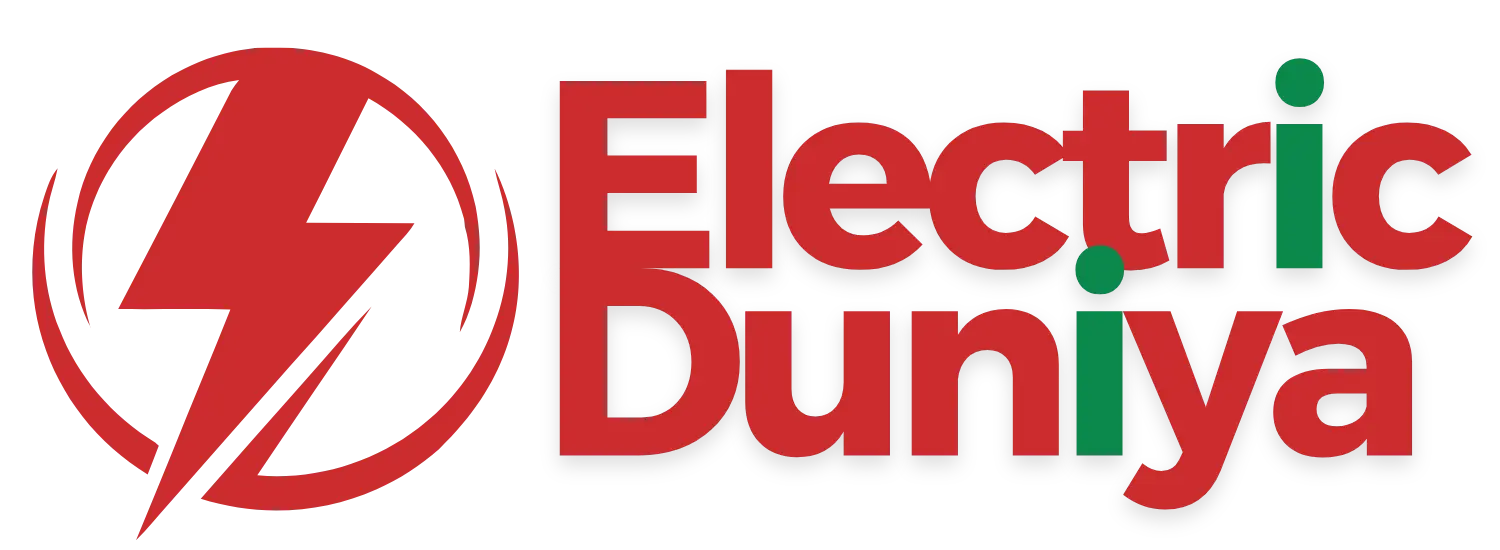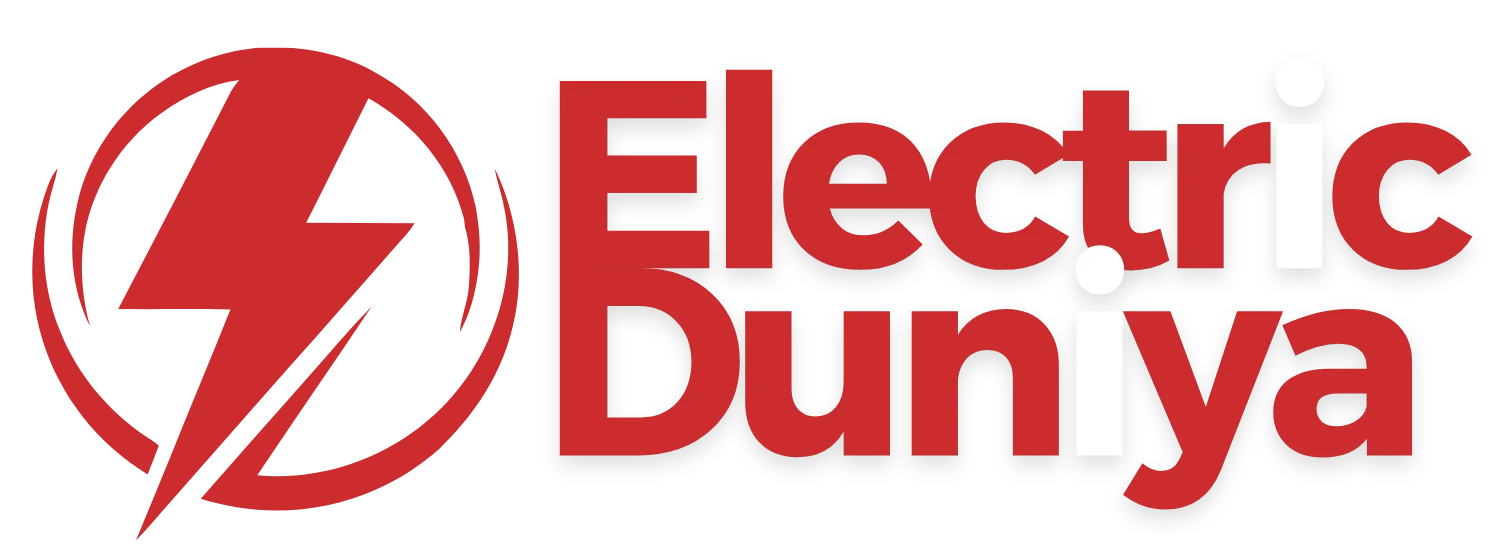Fast Charging
Fast charging refers to a method of rapidly replenishing an electric vehicle’s battery using high-powered charging stations, significantly reducing charging time compared to standard Level 1 or Level 2 chargers. It enables EVs to regain 80% of their battery capacity in 20 to 45 minutes, depending on the vehicle and charger type.
Overview
As electric mobility becomes mainstream, fast charging is emerging as a critical enabler of EV adoption—bridging the gap between user expectations shaped by gasoline refueling and the realities of battery charging. Designed to deliver high-voltage electricity at accelerated rates, fast charging infrastructure significantly shortens charging sessions and makes long-distance EV travel more practical.
Fast charging typically refers to DC fast charging (Direct Current) as opposed to AC charging methods. While Level 1 and Level 2 charging systems are suitable for overnight home or workplace charging, fast chargers are strategically deployed in public corridors such as highways, urban centers, and commercial hubs to support quick top-ups.
In the EV industry, fast charging directly supports driver convenience, range confidence, and infrastructure scalability, making it a cornerstone in the transition to zero-emission transportation.
How Does It Work?
Fast charging works by delivering direct current (DC) electricity directly into the vehicle’s battery at a much higher voltage and current than standard AC chargers. Here’s a breakdown of its core mechanism:
-
Power Conversion: Unlike Level 1 and Level 2 chargers that rely on the vehicle’s onboard charger to convert AC to DC, fast chargers bypass this process and deliver DC power directly—dramatically increasing charging speed.
-
High-Power Output: Fast chargers typically range from 50 kW to over 350 kW. The higher the output, the faster the energy can be transferred—provided the vehicle supports it.
-
Battery Communication: A built-in communication protocol between the EV and charger ensures the system negotiates optimal charging parameters such as current, voltage, and temperature thresholds. This protects battery health while optimizing speed.
-
Thermal Regulation: Fast charging generates substantial heat. Advanced EVs use liquid cooling systems within battery packs to maintain safe operating temperatures during high-rate energy input.
Common fast-charging standards include CCS (Combined Charging System), CHAdeMO, and Tesla Superchargers, each offering varying compatibility and power capabilities.
Features of Fast Charging
-
High Charging Speeds
Fast charging significantly reduces downtime. A 150 kW DC fast charger can add around 200–300 km of range in 30 minutes, depending on the vehicle. This makes EV travel more flexible and practical for users accustomed to quick refueling.
-
Smart Charging Capabilities
Modern fast chargers integrate with networked charging platforms that support remote diagnostics, usage monitoring, dynamic pricing, and load balancing. This makes them ideal for fleet management and commercial EV hubs.
-
Vehicle-to-Charger Compatibility
Fast charging systems are equipped with multi-standard connectors (like CCS and CHAdeMO) and adaptive protocols to ensure broad compatibility across various EV makes and models. Tesla’s V3 Superchargers, for example, deliver up to 250 kW but are now increasingly accessible to non-Tesla vehicles in select regions.
Applications in EV
Fast charging is pivotal across several EV use cases, each requiring efficient and reliable access to energy on-the-go:
-
Highway Corridor Charging: Networks like IONITY in Europe or Electrify America in the U.S. enable intercity travel by placing fast chargers along highways, allowing drivers to stop for short breaks while replenishing their batteries.
-
Urban and Fleet Charging: Ride-hailing EVs (e.g., Uber Green) and delivery fleets (e.g., Amazon’s Rivian vans) benefit from fast chargers placed at depots or centralized hubs, where high vehicle turnover requires rapid energy replenishment to maintain operational uptime.
-
Retail and Hospitality Integration: Businesses such as malls, restaurants, and hotels install fast chargers as value-added services, enhancing customer dwell time and supporting the growing base of EV users.
-
Public Infrastructure Expansion: Government initiatives like India’s FAME or the U.S. NEVI program aim to increase public fast charging coverage to promote equitable EV access, especially in rural and underserved areas.
Conclusion
Fast charging is more than a convenience—it’s a strategic accelerator for the entire electric mobility ecosystem. By drastically reducing wait times, it empowers EV users with the freedom to travel longer distances and enhances the feasibility of electric fleets and commercial deployments. As battery technologies evolve and high-power charging standards improve, fast charging will continue to redefine how, when, and where drivers recharge—making EVs a more seamless and scalable replacement for internal combustion vehicles. Its role is central to building a reliable, high-performance, and user-centric charging infrastructure for the electric age.

